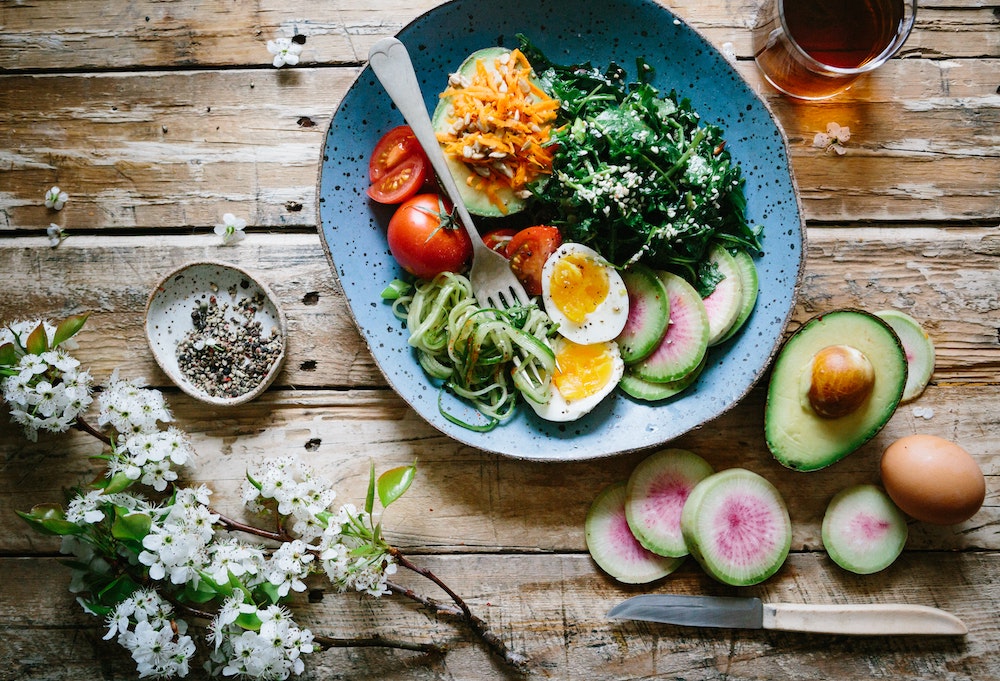I want to start by saying that oestrogen isn’t the bad guy at all; oestrogen is vital in maintaining healthy cholesterol levels, bone mineral density and helping us fall pregnant. Oestrogen can become a problem when, like anything, it’s in excess. Oestrogen dominance is widespread amongst women and is one of the most prevalent hormonal imbalances I see in clinic.
What is oestrogen dominance?
Oestrogen dominance isn’t typically caused by the body overproducing oestrogen in the ovaries – it’s caused by the body’s inability to remove excess oestrogen.
Symptoms of oestrogen dominance
So, how do we know when we have excess oestrogen? We may experience some of the following symptoms:
- Mood swing
- Irritability
- Facial flushing
- Heavy period
- Fatigue
- Easy weight gain
- Sugar cravings
- Menstrual pain
- Fluid retention
These symptoms don’t necessarily indicate oestrogen dominance, but they may suggest a need to look further into the condition.
How can you test oestrogen dominance?
A blood test can give us a snapshot of circulating oestrogen to assess oestrogen dominance. For a more thorough examination, a DUTCH urine test gives you a full breakdown of oestrogen types and levels in your system.
Which oestrogen type is dominant?
There are three significant types of oestrogen; estrone (E1), estradiol (E2) and estriol (E3). Not all of the oestrogens are the same or have the same impact on the body. Some oestrogen types are more inflammatory and are commonly higher in oestrogen-dominant conditions, such as endometriosis. There are also milder types of oestrogen which cause fewer symptoms. A DUTCH test can give us insight into which oestrogen type is dominant to determine the best next steps.
Why causes oestrogen dominance?
There are several reasons you may be in an oestrogen-dominant state. One of the most common reasons is poor clearance and detoxification. The liver is our primary organ of detoxification. It detoxifies toxins, hormones and other substances by metabolising them and then excreting excess waste products via the kidneys and bowels. When the liver is overloaded with toxins, it may become sluggish and unable to clear excess oestrogen.
Oestrogen dominance can also be caused by stress, poor dietary choices or exposure to environmental oestrogens.
Progesterone and oestrogen
Sometimes it’s not necessarily about having an excessive amount of oestrogen; oestrogen dominance can be a case of low progesterone. Throughout the menstrual cycle, oestrogen and progesterone do a dance to balance and support changes. If we have low progesterone, we can present as oestrogen dominant. We may not need to correct oestrogen at all; we may have to support our progesterone levels.
How can we support oestrogen dominance?
Fibre and Vegetables – increase your fibre intake by consuming more veggies, particularly cruciferous vegetables, such as broccoli, cauliflower, cabbage, brussel sprouts and kale. These veggies support liver function and digestive health.
Hydration – never underestimate the power of water. Water assists liver detoxification and is essential for kidney and digestive health. If you think of your detoxification pathways like a sink, it’s almost impossible to get rid of the gunk without water. Aim for 30ml of water per kilogram of body weight per day.
Gut Health – increase your intake of fermented foods to support your gut. Try out sauerkraut, kimchi and pickled vegetables. I recommend incorporating fermented foods slowly as it can take a while for the body to adjust to them.
Environmental Oestrogens – plastic, makeup, perfume and other chemical-filled household products can act as hormone disruptors and impact oestrogen. Start by slowly transitioning from plastic jars to glass jars, chemical-filled makeup and perfumes to natural ones.
Minimise Stimulants – minimise your intake of caffeine, alcohol and medications to help support liver detoxification.
Bitter Foods and Teas – bitter foods can help assist bile flow of the liver and stabilise blood sugar, reducing sugar cravings. Examples of bitter foods include brussel sprouts, kale, rocket, and teas with nettle, dandelion, chicory root and Mary’s thistle.
You don’t need to make all the changes overnight – choose one thing that resonates with you and go from there. If you want further guidance in managing oestrogen dominance, find out more about coming in for a consultation here.







